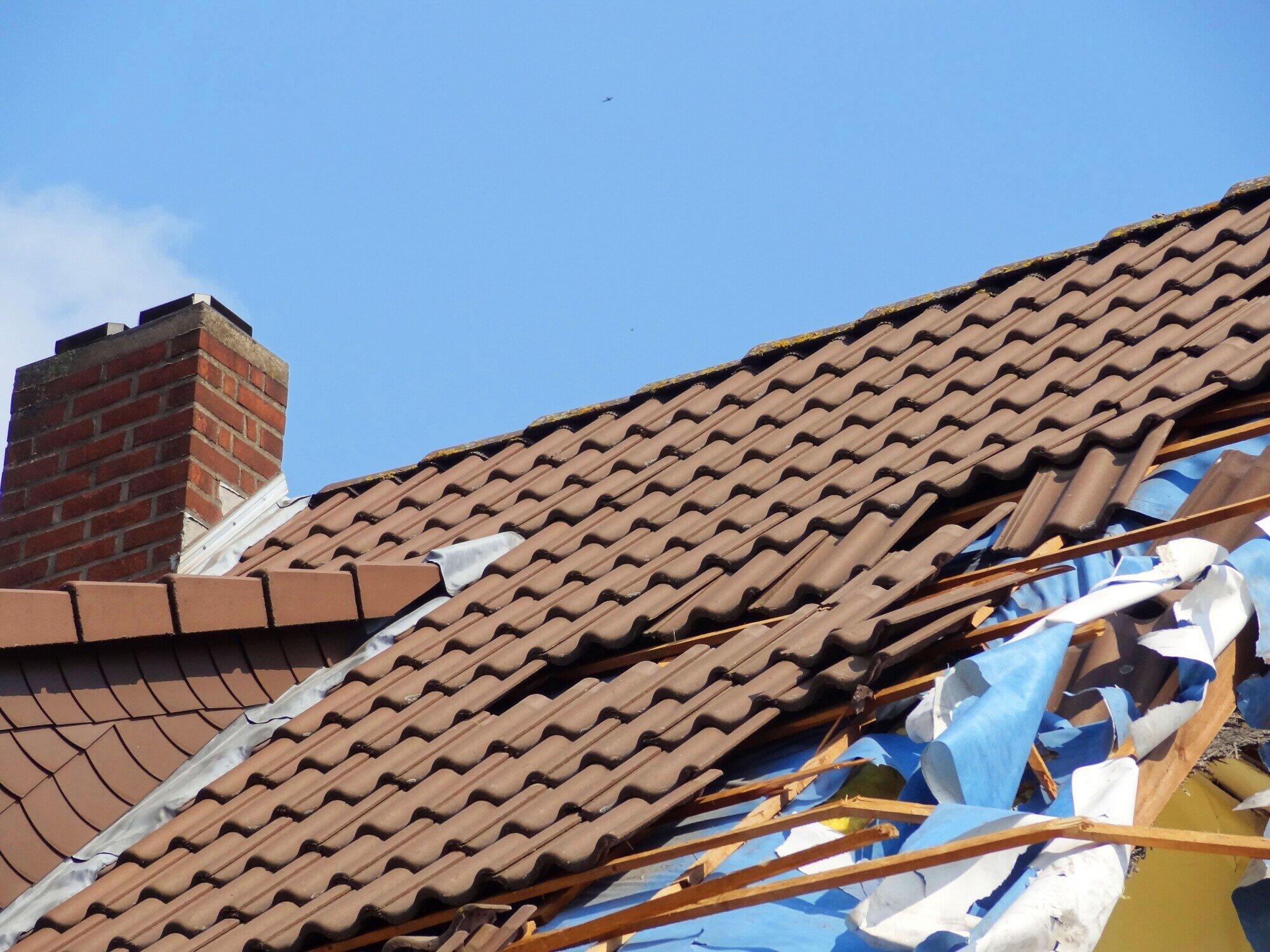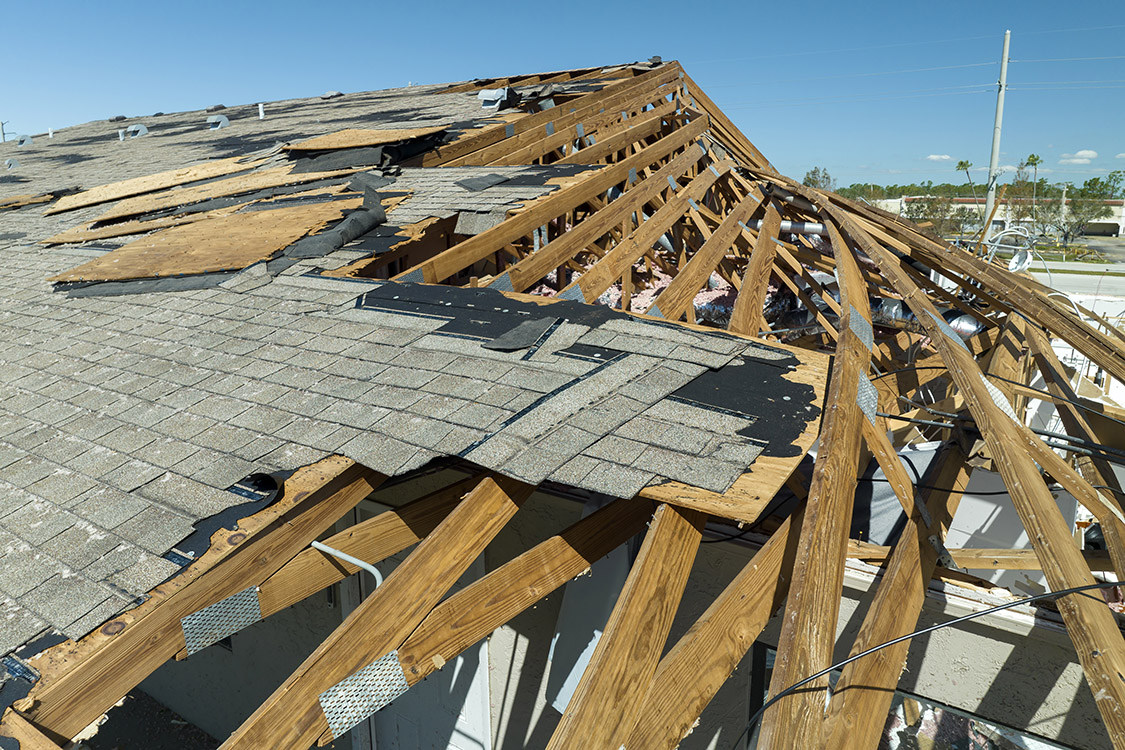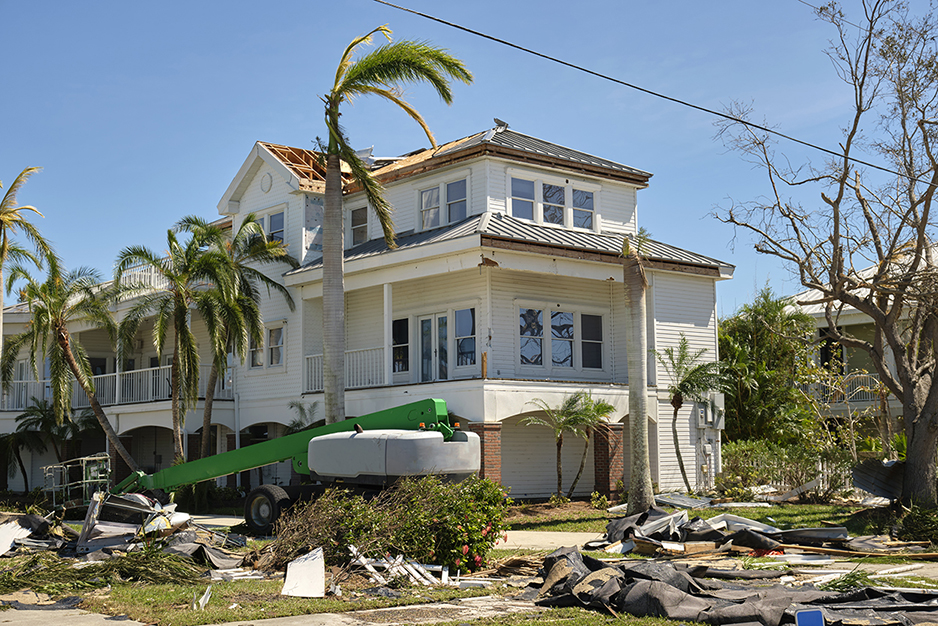How to File a Successful Mold Damage Claim
Mold damage can cause real, serious issues in your home and the underlying cause must be found.
Mold, mildew and fungi growth in your property poses a danger not only to your property, but your health and particularly in Florida mold growth occurs after water is found within 24-48 hours.
NOTE the majority of insurance policies have a limit of amount paid as a result of mold damages; some have limits on water losses as well. The costs that can arise from a mold problem are often high, and so it's vital that you seek help from your insurance company and ask if they recommend a preferred vendor to remove the water and mold. Please know it is imperative to stop the damages as soon as possible.
Filing a mold claim is really a water loss claim that has mold growth. Experts will say that the way mold occurs is from condensation, water and leaks. Many people seeking payment for a claim for mold damage find their claim underpaid or fully denied. In these cases, you might need some advice.
In this article, we're going to tell you everything you need to know about how to make a mold damage claim. Read on to find out more.
File Your Mold Damage Claim Immediately
If you suspect mold damage in your property, filing a claim related to the mold will be necessary to be done promptly. It's important to keep notes, photographs, and any communication followed up in writing, so you have proof of submitting your claim.
You might be wondering: does my insurance cover mold?
It's important to know your policy, so if you're unsure, ask for a copy from your insurance agent or carrier. This will tell you if you're covered for mold damage.
A vital consideration when filing a mold damage claim is the necessary presence of water damage. Where there is mold in your home, there will be water: water vapor, condensation, or leaks are all likely causes. The water-based cause of your mold problem must be identified to make up the cause and origin of your mold damage claim.
First, call your insurance provider and report the claim. Then, follow this up with written reports, photographs, and email to document what has occurred. In the event of an emergency, delays from your provider can put your property at risk.
Mold Risks
If you have the presence of water damage and fail to respond within 48 hours, your property is in danger of developing mold. Mold must be tested by a licensed and insured mold tester which will provide you with specific results and a protocol to remove the mold spores.
In case of such an emergency, always report delays back to your provider and document your telephone call in writing.
It's important to remain truthful and courteous in all your correspondence with your insurer.
This doesn't mean you can't be firm. It is good to keep contemporaneous notes during the process: these include names of persons you communicate with, numbers, and job titles. Get written confirmation of all agreements and keep them together, alongside business cards from agents involved in dealing with your claim.
Coverage for mold damage can be a tricky subject. Be aware that your policy may have limitations on coverage. These amounts are small, so make sure you know where you stand when it comes to being covered. There are very specific protocols to follow to confirm that you have removed all spores by having a certified professional doing the remediation. There must be a clearance test done by a certified mold tester as well, which you should keep and also send to your insurance company to document the repairs in the claim file.
Protect, Don't Repair
Once you file your mold damage insurance claim, you must take measures to prevent further damage to your property. This might mean taking emergency measures against continued water flow or cutting the water supply to a burst pipe.
Although it can be tempting, you should not undertake permanent repairs until after your insurer has inspected the damage.
Do not get rid of damaged items until they have been looked over, and their condition has been noted. They may need to be taken for processing, so that mold can be identified. If necessary, you can always seal the items and store them to eliminate contamination worries.
If your loss is covered and you need to hire a specified and licensed Mold contractor to fulfill emergency protective needs, your insurer should reimburse you for the costs. Uncooperative insurers will refuse to pay for repairs if you don't take emergency measures, citing your failure to protect the property after the claim. Make sure you take whatever reasonable measures you can afford to avoid this.
Good Advice Makes All the Difference!
Now that you know more about filing a successful mold damage claim, you should be able to get what you need to place your property in its pre-loss condition and remove the cause of mold and any mold. If not, don't worry: you can work with a mold damage claim lawyer to push back against unreasonable insurance companies.
If you're struggling with a mold damage claim, be sure to contact us today. Our help and advice will have your property mold-free again before you know it!
‹ Back










Comments